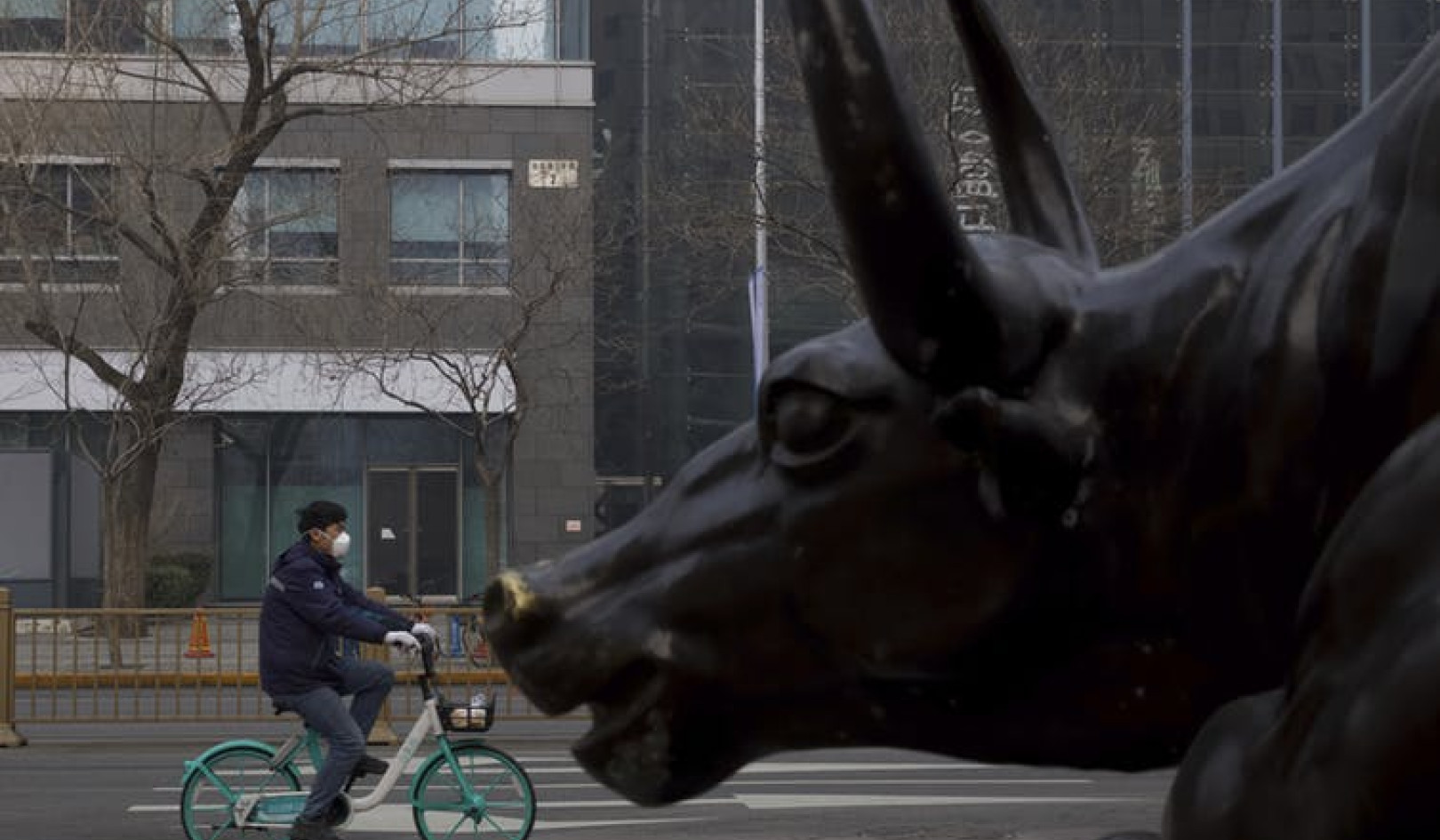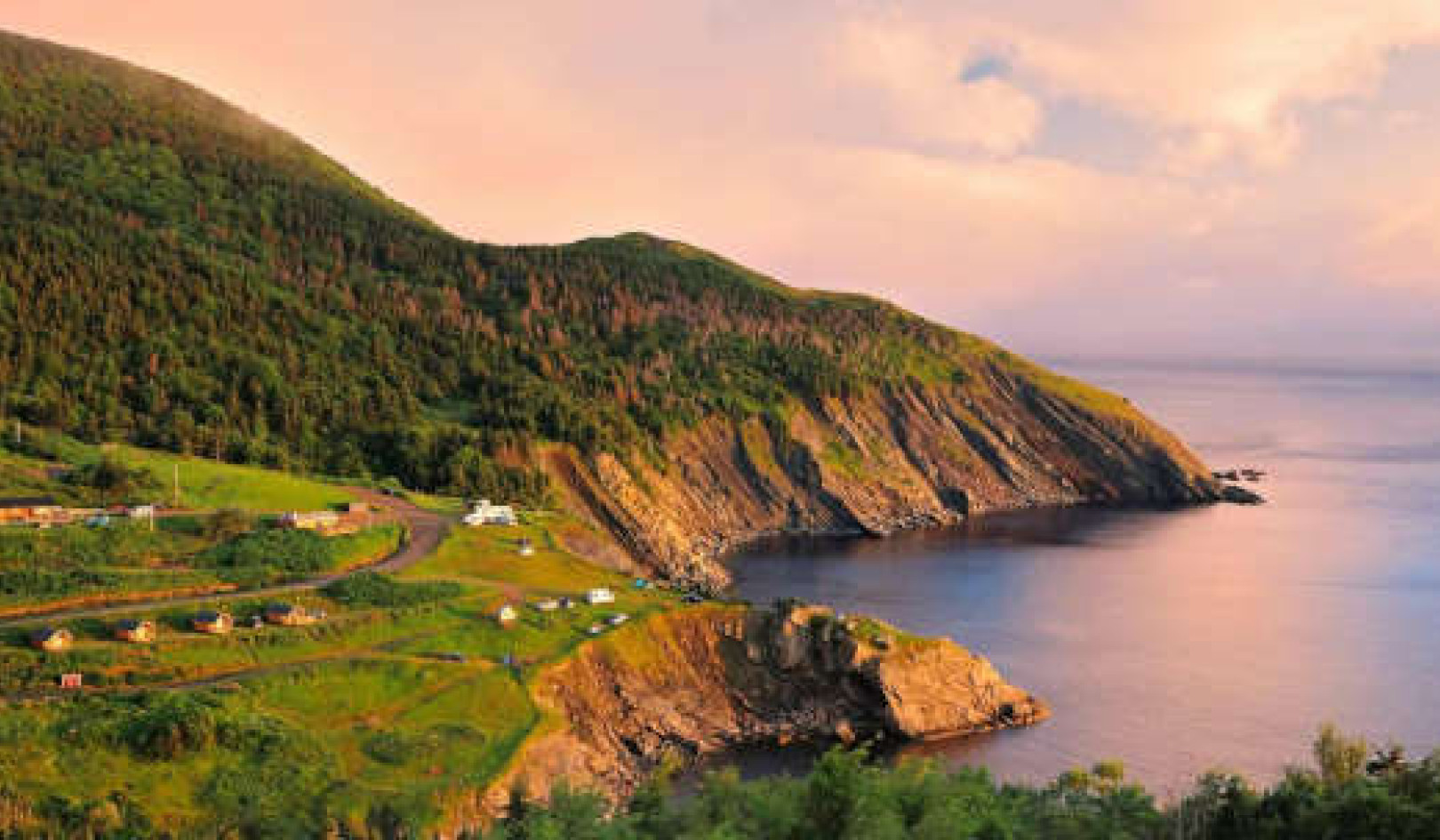The scientists responsible for the “doomsday clock” moved it 30 seconds closer to midnight – the symbolic point of total catastrophe for humanity and the planet – at the beginning of 2018. The minute hand now hovers ominously at two minutes to 12, the closest point it has ever been (matching the previous peak of 1953 – the height of the Cold War).
This judgement is a reflection of the multiple threats we face as a species, the most urgent being nuclear war and climate change. The former has loomed over humanity for decades. But the latter emergency has only become apparent relatively recently (to the extent that some people and powers even deny that it is a problem). Yet the scientific consensus is clear and alarming. Unless we manage to limit global warming this century to 2°C, then we are in devastating, civilisation threatening trouble.
We’ll need many things to help combat this emergency: technological innovation and scientific and engineering advances which allow us to harness renewable energies. It will also require new patterns of working and living in more sustainable ways. And I think we will also need something that is both subtler and yet perhaps more profound than these revolutions: a new vision of nature itself.
Over the past few centuries, various perspectives on nature have dominated public discourse – generally to the detriment of the environment. The first is the view that humankind has “dominion” over the Earth – that we rule over the planet in some consequential sense. This in itself is not necessarily problematic. It is conceivable that this could be aligned with an ethos of responsible and careful stewardship. But this “dominion” perspective has been widely allied with a mechanistic view of nature that views it as devoid of any intrinsic worth, identity, and purpose beyond its instrumental value to human beings.
The result is a dominant ideology which regards the natural world primarily as a resource that humans are free to plunder at will. This perspective has surely played a pivotal role in our planetary emergency.
But although much damage has already been done, I still believe we could redeem ourselves and set our relationship on a better path if we could develop an alternative vision – of which many can be found across human history and culture.
I’ve recently encountered a wealth of these through my research, which focuses on “untranslatable” words which relate to well-being. Such words are significant, as they represent ideas and practices which have been overlooked or under-appreciated in one’s own culture or time period, but have been recognised by another culture or era. These include visions of nature which have long been neglected in favour of the dominant ideology outlined above. A case in point is the idea of “natura naturans”.
Natura naturans
Albert Einstein was once asked whether he believed in God, and replied: “I believe in Spinoza’s God, who reveals himself in the orderly harmony of what exists – not in a God who concerns himself with the fates and actions of human beings.”
Baruch Spinoza, born in Amsterdam in 1632, was a pioneer of rationalism and helped lay the foundations for the Enlightenment. He was a controversial figure in his day – with his works placed on the Catholic Church’s List of Prohibited Books – mainly because he was accused by critics of promulgating atheism.
But his philosophy was more nuanced than simply being a direct rejection of the sacred. Rather, he is now seen as one of the first modern advocates of a perspective known as pantheism. This is the idea that God and the cosmos are indivisible – one and the same. To explain this idea, he deployed the Latin phrase “natura naturans” – nature naturing. God is the dynamic process and manifestation of creation itself, nature unfurling in all its glory.
Since then, many thinkers have aligned themselves with a pantheistic perspective, even if many have dispensed with the notion of a theistic deity. In this modern sense of the term, the cosmos itself is regarded as sacred or precious in some way, as per Einstein’s reference to “the orderly harmony of what exists”.
Many contemporary scientists and philosophers share this view. They may not believe in God, per se, but the awe the universe inspires in them does appear to come close to religious devotion. For instance, the prominent atheist Richard Dawkins has spoken approvingly of “Einstein’s God”, which he describes as “the laws of nature which are so deeply mysterious that they inspire a feeling of reverence”.
![]() This vision of nature as sacred – which seems to have the potential to appeal to all people, religious and nonreligious alike – may be just what is needed if we are to preserve this planet, our one and only home in the cosmos.
This vision of nature as sacred – which seems to have the potential to appeal to all people, religious and nonreligious alike – may be just what is needed if we are to preserve this planet, our one and only home in the cosmos.
About The Author
Tim Lomas, Lecturer in Positive Psychology, University of East London
This article was originally published on The Conversation. Read the original article.
Related Books:
at InnerSelf Market and Amazon


 Shutterstock
Shutterstock






















